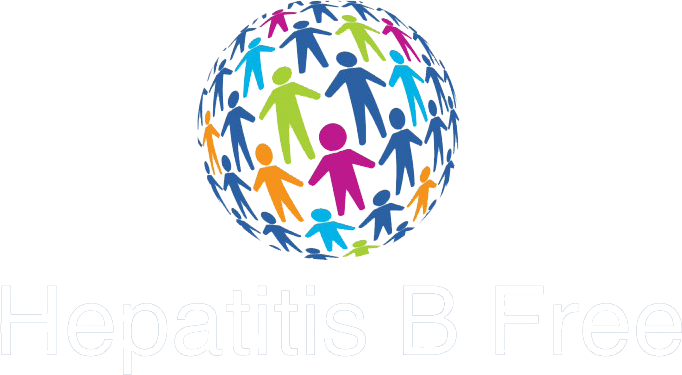Papua New Guinea
Children who performed a traditional dance in Serafuna, Papua New Guinea (Hepatitis B Free, July 2013)
Papua New Guinea (PNG) is Australia’s closest neighbour, coming within 5 km of the nearest border. However, while Australia is ranked 2nd out of 177 countries on the UNDP Human Development Index (2015), PNG is ranked 158th. Despite its abundant natural resources and more than three decades of political independence, the majority of its population live below the poverty line. 87% of the population live in rural areas, often in remote communities with very limited road access. The fact that PNG is one of the most diverse countries in the world – geographically, biologically, linguistically, and culturally – also creates unique challenges for healthcare delivery.
Hepatitis B is endemic in PNG, affecting an estimated 12-15% of the population. Government support systems are in place: hepatitis B birth dose and triple dose are included in the national immunisation programme, and a policy to vaccinate all health care workers from hepatitis B was established in 2013. However, these initiatives do not assist the large number of people already living with chronic hepatitis and those in areas too remote to reach. For these people, at risk of developing liver cancer or failure and death, there have been limited testing and treatment options.
Hepatitis B Free in PNG
The work of Hepatitis B Free in PNG began in 2013. Since then, more than 7600 vaccines and 7781 medical consultations have been given. These include pentavalent, hepatitis B, tetanus, and measles, mumps and rubella (MMR), in accordance with the national immunisation policy. Our focus has been on delivering healthcare in isolated areas without access to timely immunisation due to challenging terrain, distance from health services, and a low health care worker to population ratio. In 2013, we worked in the Oro Province, such as Itokama and surrounding villages, as well as Kokoda and Popondetta. In 2015, we worked at 3 clinics at Popondetta and 3 village clinics (Gajot, Tahama and Itokama).
In all the communities we have served, there is a dire need for improvement in healthcare delivery. In Itokama for example, there is no running water, no electricity and no plumbing. The entire community is served by two health care workers who have undergone a two-year diploma training course. There is no formal, regular, ongoing educational up-skilling programme for these invaluable healthcare workers. Medical supplies for the community are provided by provincial medical stores in Popondetta, but this city can be unreachable by road during the wet season.
We have now turned our attention towards starting a hepatitis treatment program in Oro Province in addition to supporting vaccination efforts. We have established a close relationship with NBPOL (New Britain Palm Oil Limited) who is the largest employer in Oro Province. It provides healthcare to its employees and families, as well as to local non-affiliated patients, through a network of health clinics within its estates. In order to start a treatment program an alliance between NBPOL, the local hospital, and local governmental bodies has been established. A pilot treatment program centered around Popondetta was proposed a memorandum of understanding (MOU) was signed in July 2017.
A pilot project to treat 100 patients with hepatitis B was approved using a protocol based on WHO guidelines. Generic tenofovir was sourced at low cost, and a secure procurement pathway was established. An initial cohort of 40 patients has been screened and those eligible for treatment will be started on anti-viral therapy. Final approval for the use of tenofovir and importation is expected in May, 2019.
Where to from here?
There is a large backlog of patients who have tested positive for hepatitis B who have yet to be screened for treatment. We hope to expand our capacity and to start treatment in more remote regions. A seroprevalence study is underway that will help identify more patients needing treatment and to provide much-needed epidemiologic information to help guide policy-makers. We are hoping to expand our prevention programs to treat hepatitis-B infected pregnant women in their 3rd trimester to reduce the rate of maternal to child transmission. Despite many challenges, we can see that progress is being made.

